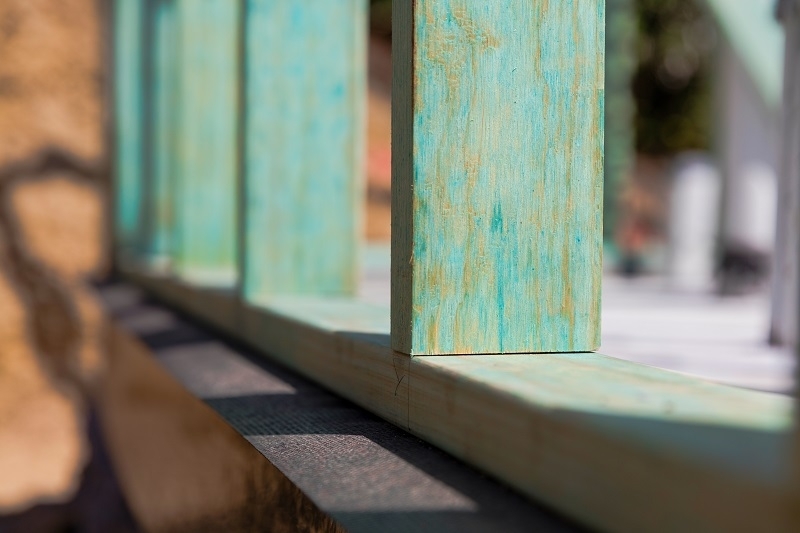High or low pressure treatment: which is right for my project?
Published: 27/04/22 By: Mike Bekin
There are tons of benefits to using sustainable timber in your structures. It is a renewable, sturdy, eco-friendly building material that suits a wide range of aesthetics, from contemporary to rustic. But it isn’t always the most durable option. Softwoods, in particular, can need a helping hand to ensure they are fit for purpose. This is where pressure treatments come in, designed to give your timber the oomph it needs to last for many years to come.
What is Pressure Treatment?
Most timber produced for construction purposes (aside from those used inside which are not at risk of becoming wet – Use Class 1) is treated in some way. This could be a simple water repellant stain, or it could be a variety of chemicals used to alter completely the characteristics of your wood species and make it incredibly durable. One method that creates a hardier wood is the common pressure impregnation treatment.
During the treatment, preservative chemicals are added to the timber under high pressure. Rather than lying on the surface, they penetrate into the wood, ensuring the protection is permanent. This helps to prevent issues from water, fungi, insects and other problems to which untreated softwood timber can be susceptible.
There are two types of pressure treatment: low pressure and high pressure. Let us take a look at both.
Vacuum High-Pressure Treated Timber
During the high-pressure treatment process, the preservative being applied penetrates deep into the wood, as we mentioned above. This often gives the timber a green tint and is the option to go for if you need super durable timber. Typical end uses for high-pressure treated timber include fencing and decking.
Double Vacuum Low-Pressure Treated Timber
If you opt for low-pressure treated timber, end uses often need less durability. Indoor wood which may get wet, for example, is often treated at low pressure. The preservatives used here don’t penetrate the wood quite so deeply, but instead form a covering layer over the timber to protect it. The appearance of the wood is left unchanged, but properties such as water and fungal resistance can be drastically improved. If you opt for this treatment, remember that if you cut the wood, you need to treat the exposed edges with another finish.
Which Treatment is Right For My Project?
If your timber is likely to come into contact with water or is in direct contact with the ground, such as fencing, decking posts and external cladding, high-pressure treated timber is the best option. However, if your timber is protected from the weather, such as floor and roof joists and battens, low-pressure treatment can be good enough.
If you are unsure which is right for you, our team of timber experts at EcoChoice will be more than happy to help. Simply send us a message today and we will get back to you as soon as we can!
Image: zstock / Shutterstock.com
Tags: Softwood, Timber, Treatments
Categories: Insights
